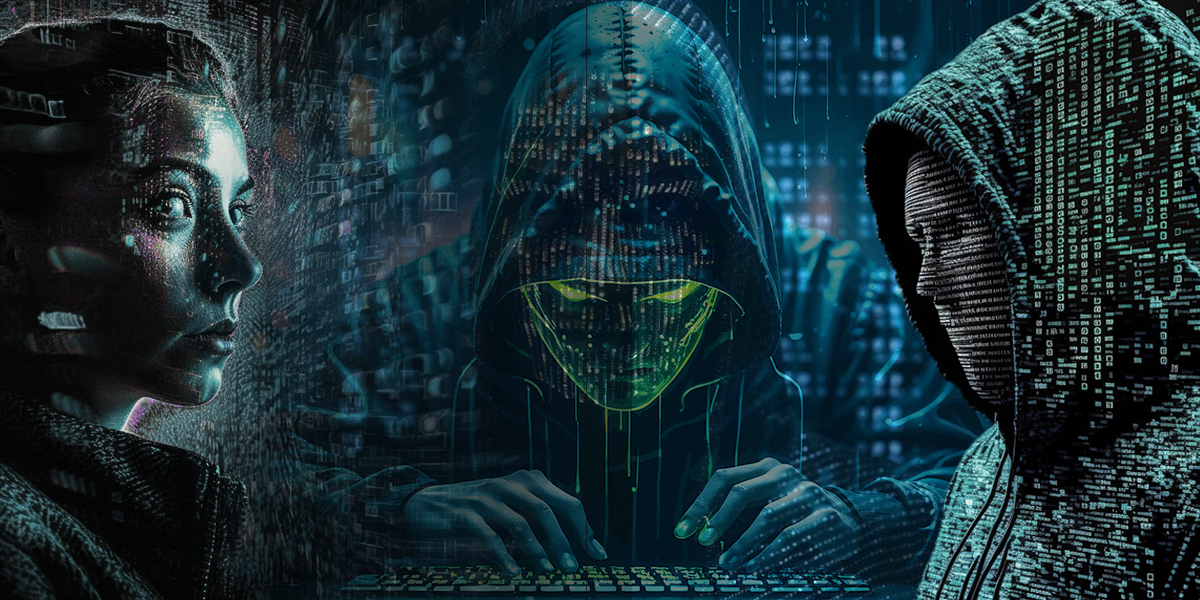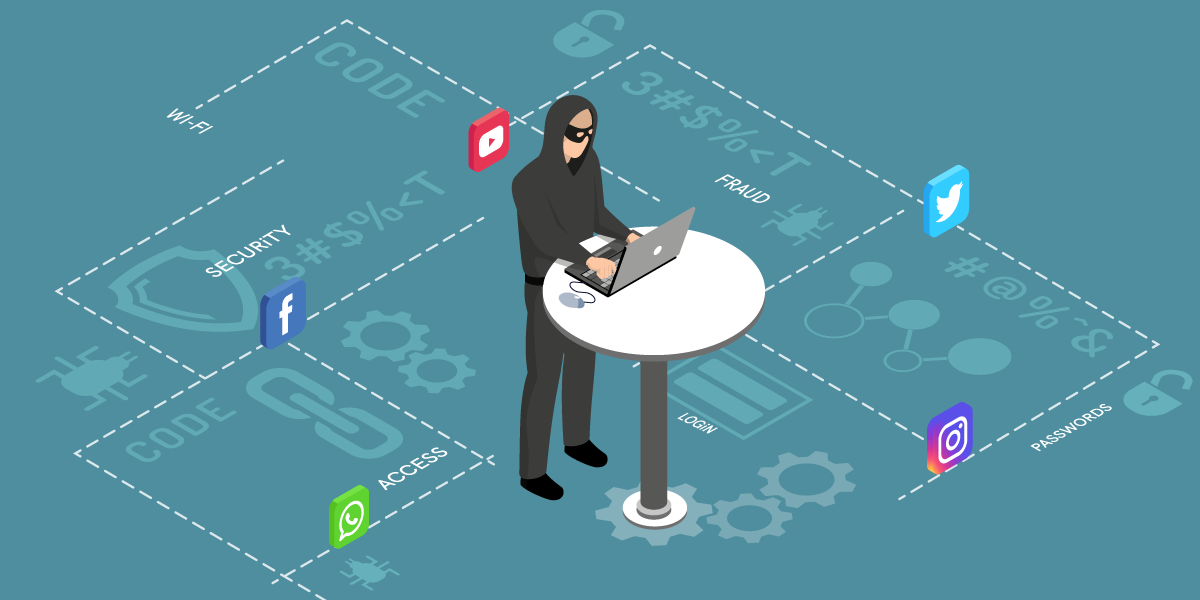The advent of AI has become a double-edged sword in the digital landscape. While it has the potential to revolutionize industries and improve our lives in countless ways with its sheer contribution to decision-making, automating tedious tasks, data analysis, monotonous code writing, and medical diagnosis or self-driving cars, AI has also helped to emerge a range of novel cyber threats.
Look at the deepfake technology, which came to light as fun to many with a dash of mischievous tint, has now become a looming threat in many ways. And the latest avatar of it is deepfake phishing, as it appears to be.
In a stunning case of deepfake phishing, apparently new in the threat landscape, a multinational company’s Hong Kong branch reportedly lost over HKD 200 million, or roughly USD 25.6 million. The scam, a first of its kind involving multiple deepfakes in a single video call, tricked an employee into believing he was in a legitimate conference with the CFO and other colleagues. This digital deception led him to transfer the hefty sum in multiple transactions based on the fake instructions provided, which were legitimate. As instructed, the person moved the hefty amount to five different bank accounts in fifteen parts. Despite initial suspicions of a phishing email, the sophisticated video deepfakes convinced the employee of the request’s authenticity.
The most notable thing during the incident was that the employee who fell victim to the scam was initially skeptical about the instructions. However, the scammers were able to lure the person into a video conference where fake versions of the CFO and other employees were displayed to gain their trust. Such convincing tactics can potentially lure many more employees of enterprises and MSMEs in the future.
The Rise of Deepfake Phishing
The incident might be mere at the time of reporting the story, but the efficacy of it claims that there are many more to appear, and the enterprises would undoubtedly face the brunt of it.
[Read More: The Growing Infamy of Deepfake and how to combat it]
Unlike traditional phishing scams, the alarming deepfake phishing adds an extra layer of convincing fake videos of known individuals, such as CEOs or public figures, created by deepfake technology to manipulate targets into divulging sensitive information or transferring funds. Fraudsters may sometimes use voice instead of videos, as we experienced last year when scamsters asked a mom for a $1 million ransom in exchange for her daughter’s safety.
The realism and convincing nature of these deepfakes have led to an alarming increase in successful scams, highlighting the urgent need for awareness and preparedness.
How Deepfake Phishing Works
At its core, deepfake phishing exploits the trust and recognition between the target and the impersonated individual. Scammers employ sophisticated AI algorithms to analyze and replicate the voice, facial expressions, and mannerisms of the person they aim to impersonate. This process involves feeding vast amounts of audio and video data into deep learning models, enabling them to generate new content nearly indistinguishable from genuine footage. The finished deepfake is then used in phishing attempts and is often conveyed through platforms where the target is likely to lower their guard, such as personal emails, social media, or messaging apps.
[Read More: Deepfake and The Spooky Face Of AI: Everything You Need to Know]
Why Enterprises Should Be Aware
Enterprises, irrespective of size or sector, are prime targets for deepfake phishing due to the potential for significant financial and reputational damage. These scams can lead to the unauthorized disclosure of confidential information, economic losses, and erosion of stakeholder trust. Moreover, as businesses increasingly rely on digital communication channels, the risk of deepfake phishing attacks grows, underscoring the need for heightened vigilance and robust cybersecurity measures.
Probable Implications
Deepfakes represent a formidable challenge, and the outcomes of it can be menacing in the future. The above incident hints that the gruesome technology can trigger the impersonation of individuals in video calls, potentially tricking individuals or systems into granting unauthorized access to sensitive information or secure locations.
It can also be used to breach biometric security systems, including facial recognition, posing a severe threat to organizational security.
How to Stay Safe
Protecting against deepfake phishing demands a multi-faceted approach that combines technology, education, and policy. Here are key strategies for individuals and organizations:
- The Role of Individuals: Instead of solely depending on detecting technologies, every employee of an organization should become cautious and think critically about every move. Individuals must verify the source of each piece of content they find sensational or viral, and they must check the creator’s authenticity and reputation. More importantly, now is the time to refrain from posting personal images or videos online because these are the natural fodder for deepfake generators.
- Data Control and Privacy: Minimize the availability of audio and video material of key personnel online to reduce the data scammers can use to create deepfakes. Practice good data hygiene and privacy settings on social media and professional platforms.
- Awareness and Education: Regularly update and educate yourself and your staff about the evolving nature of phishing scams, including the threat of deepfakes. Recognizing the signs of a potential fraud is the first line of defense.
- Verification Protocols: Implement strict verification processes for sensitive information or financial transaction requests, such as incorporating multi-factor authentication or direct confirmation through a separate communication channel.
- Advanced Security Solutions: Utilize cybersecurity solutions incorporating AI and machine learning to detect and mitigate sophisticated threats.
Final Words:
Deepfake phishing represents a significant and sophisticated threat, leveraging the power of AI to undermine traditional security protocols and exploit human trust. By understanding how these scams operate, staying informed about the latest cybersecurity strategies, and implementing robust defenses, enterprises can better protect themselves against this insidious cyberattack. The battle against deepfakes is abiding, but through awareness, education, and technology, we can fortify our defenses and safeguard our digital landscape.











